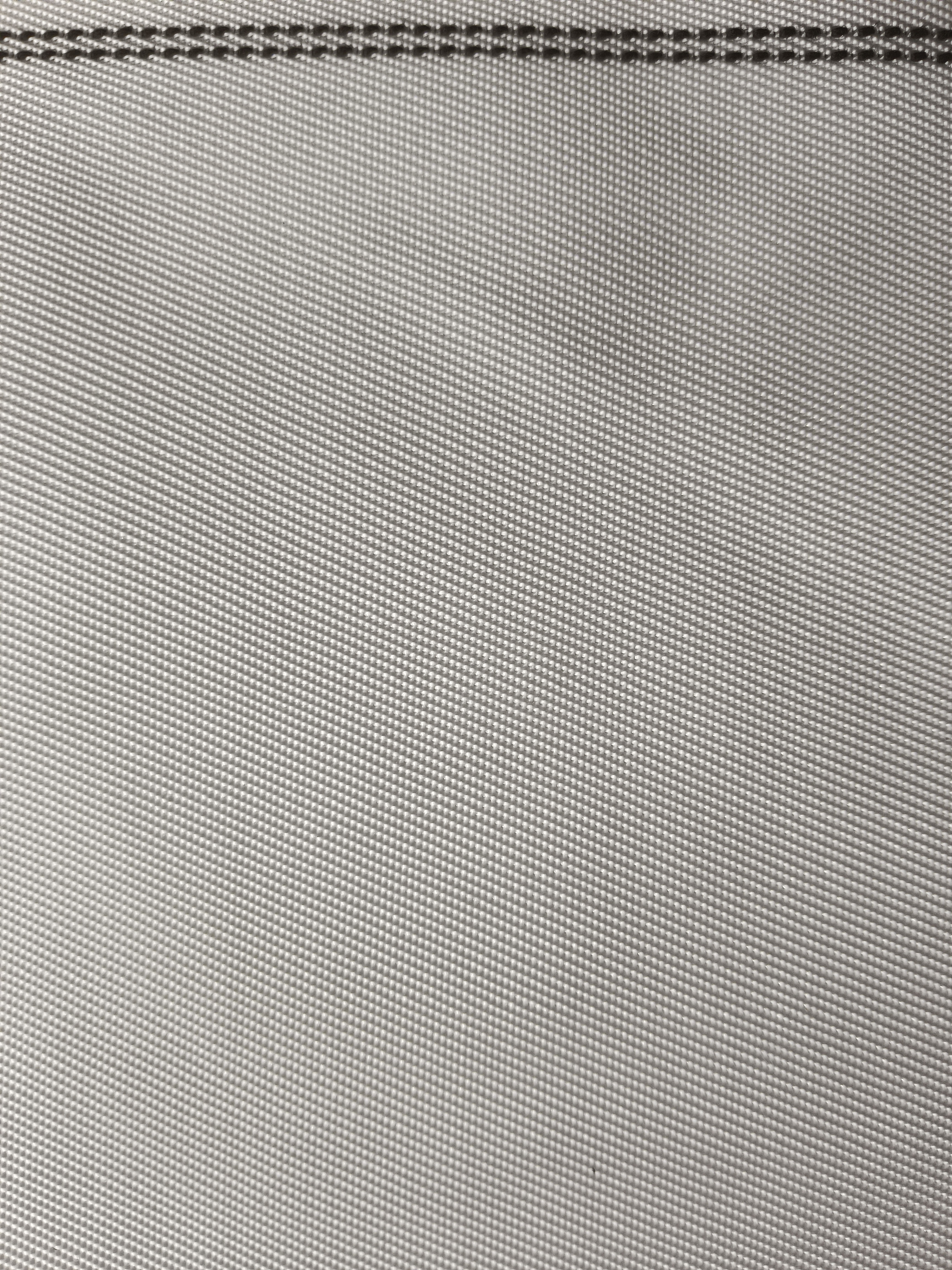
NON WOVEN FABRIC
Multifilament Non Woven FABRIC
A multifilament yarn is composed of a bundle of very thin, infinitely long threads. The threads are generally referred to as filaments. These yarns are generally spun on vertical machines with filaments extruded out of the spinnerets and air-cooled before getting wound onto spools. After this, the thin filaments (maximum about 280) are stretched to the required draw ratio in a more or less continuous drawing process. Multifilament yarns contain a multitude of fine, continuous filaments (often 5 to 100 individual filaments) usually with some twist in the yarn to facilitate handling. Sizes range from 5–10 denier up to a few hundred denier. Individual filaments in a multifilament yarn are usually about 1–5 denier. Because of their large effective surface area, multifilaments can be heat-treated more homogenously during drawing. Therefore, they can be drawn more effectively than monofilaments, and as a result they have a greater specific strength and a higher modulus. Because of the very small diameters of the filaments in multifilament yarns, their bending stiffness is much lower than that of monofilaments. This leads to much more flexible end-products. Furthermore, using multifilament yarns, denser fabrics can be obtained yielding smaller pores.
- GSM:
- 320GSM to 450GSM
- Width:
- 32 inches to 60 inches